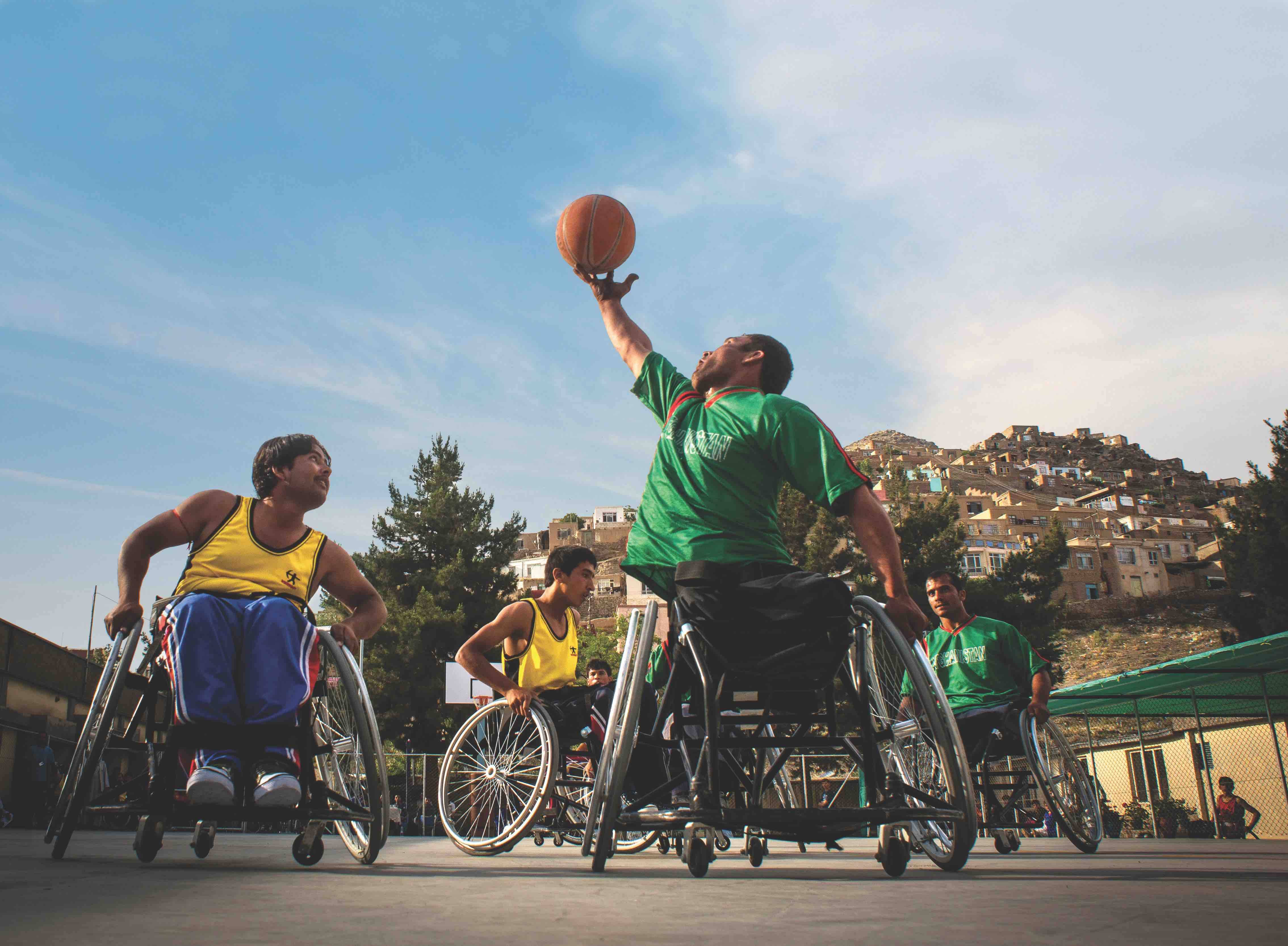Assistive
Technology for Students with Disabilities: Tools and Implementation
Assistive technology (AT) plays a pivotal role in leveling
the educational playing field for students with disabilities. These tools
enhance learning experiences, promote independence, and empower students to
overcome challenges. Here are some essential assistive technology tools and how
they can be effectively implemented in the classroom:
Text-to-Speech Software: This technology converts written
text into spoken words, aiding students with visual impairments, dyslexia, or
difficulties with reading. Students can listen to textbooks, articles, or
instructional materials, improving comprehension and accessibility. Teachers
can introduce software like NaturalReader or Read&Write to provide audio
support for reading assignments.
Speech Recognition Software: For students with physical
disabilities or writing difficulties, speech recognition software allows them
to dictate their thoughts and ideas instead of typing. Programs such as Dragon
NaturallySpeaking or Google Docs voice typing enable students to compose
essays, emails, and notes with ease.
Screen Readers: Screen readers are essential for individuals
with visual impairments. These tools audibly describe the contents of a computer
screen, making websites, documents, and applications accessible. Popular screen
readers like JAWS or NVDA can be integrated into classroom computers to assist
students in navigating digital content.
Graphic Organizers and Mind Mapping Tools: Students with
learning disabilities or executive functioning challenges benefit from visual
organizers. Tools like MindMeister or Inspiration assist in organizing
thoughts, brainstorming ideas, and structuring writing assignments. Teachers
can incorporate these tools for outlining projects, creating timelines, or
summarizing key concepts.
Note-taking Apps and Audio Recorders: Students with
attention deficits or memory issues find note-taking challenging. Note-taking
apps such as Evernote or OneNote allow for organized digital notes with
multimedia integration. Additionally, audio recorders like Voice Memos or
Livescribe Smartpens capture lectures, discussions, or personal reminders for
later review.
Alternative Keyboards and Mouse Devices: Physical
disabilities may hinder traditional keyboard or mouse use. Switch access
devices, adaptive keyboards, or ergonomic mice offer customizable options for
students with motor impairments. These tools enhance comfort and accuracy,
promoting greater participation in computer-based activities.
Accessibility Features on Devices: Many devices come
equipped with built-in accessibility features that cater to various
disabilities. Teachers can educate students on features such as magnification,
high contrast modes, closed captions, and speech output. Customizing device
settings ensures a personalized and inclusive learning experience for all
students.
Implementing assistive technology effectively involves
understanding each student's needs, providing proper training, and fostering a
supportive environment. By integrating these tools into the classroom,
educators create a more inclusive and equitable educational experience,
empowering students with disabilities to thrive academically and beyond.


